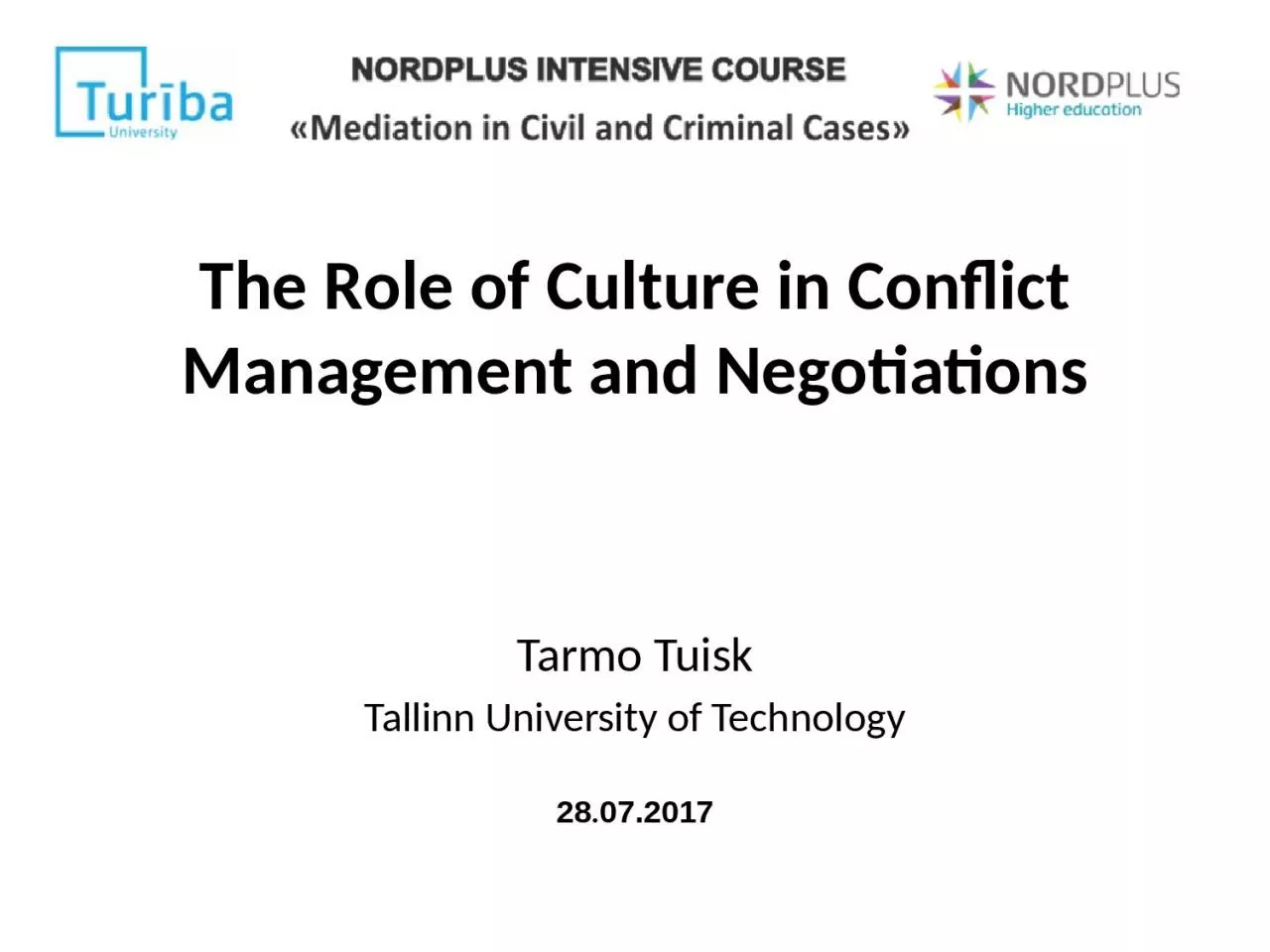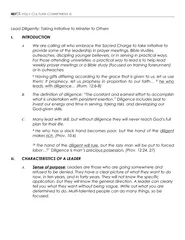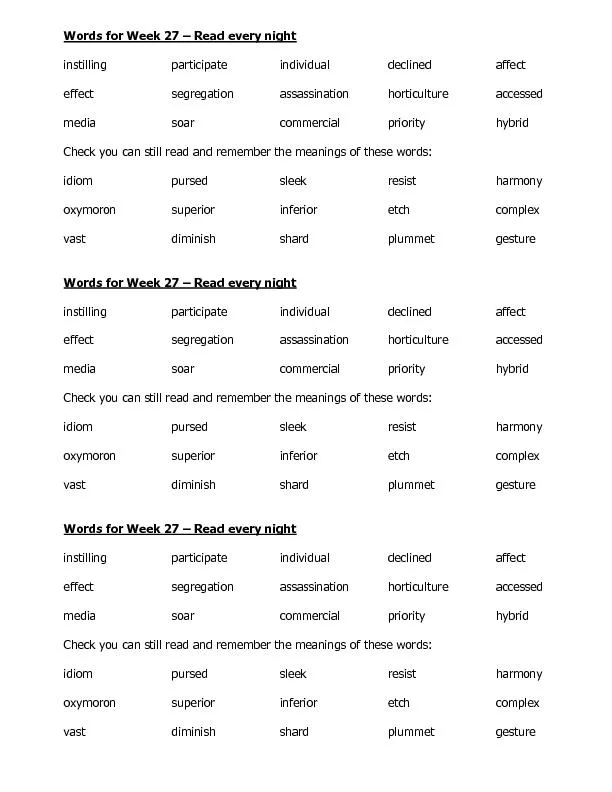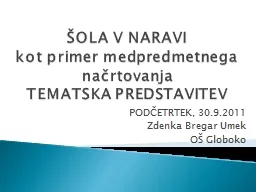PPT-T he R ole of C ulture in
Author : catherine | Published Date : 2023-06-25
C onflict M anagement and N egotiations Tarmo Tuisk Tallinn University of Technology 28 072017 Agenda Understanding cultural differences Fast and slow messages
Presentation Embed Code
Download Presentation
Download Presentation The PPT/PDF document "T he R ole of C ulture in" is the property of its rightful owner. Permission is granted to download and print the materials on this website for personal, non-commercial use only, and to display it on your personal computer provided you do not modify the materials and that you retain all copyright notices contained in the materials. By downloading content from our website, you accept the terms of this agreement.
T he R ole of C ulture in: Transcript
Download Rules Of Document
"T he R ole of C ulture in"The content belongs to its owner. You may download and print it for personal use, without modification, and keep all copyright notices. By downloading, you agree to these terms.
Related Documents














